Honestly?? This Pic Was Just An Excuse To Show My Milk Bottle Shaped Flask I Got From Sm Town In Seoul,,

honestly?? this pic was just an excuse to show my milk bottle shaped flask i got from sm town in seoul,, it has #luckyone stamped on it and i lov it bc im exo trash anyway if y’all are interested in purchasing the two lovely notebooks shown in the pic, use my code “LUSTRE10″ on messybunny or “studylustre” on kawaiipenshop for 10% off!! they both have free international shipping woOoOo ✨
ig: studylustre
More Posts from Tobefoundlater and Others
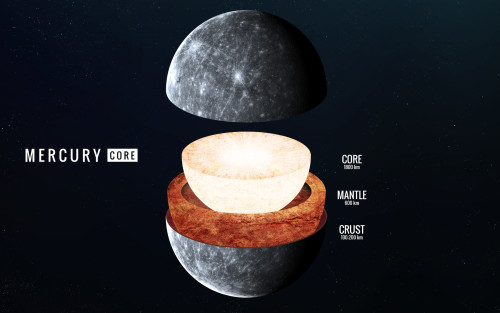
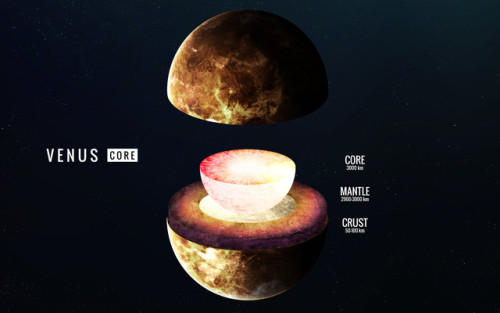

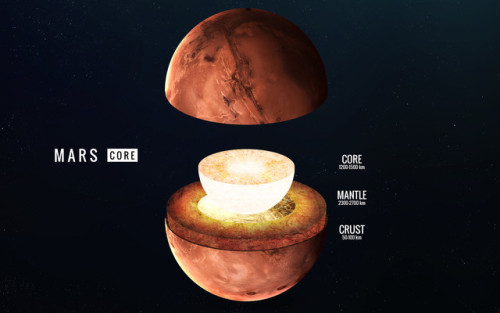
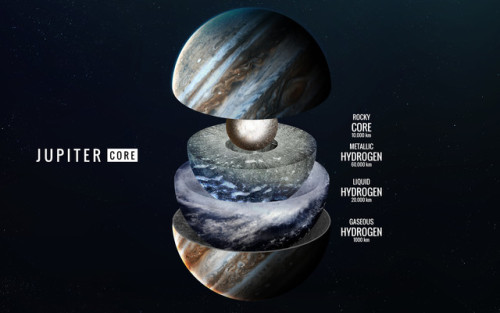
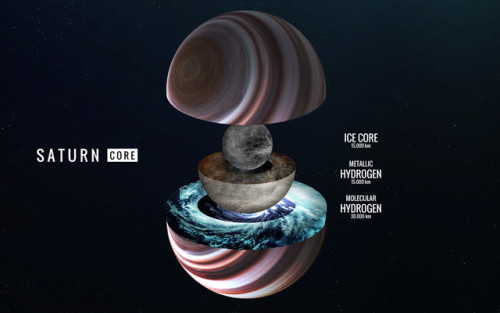
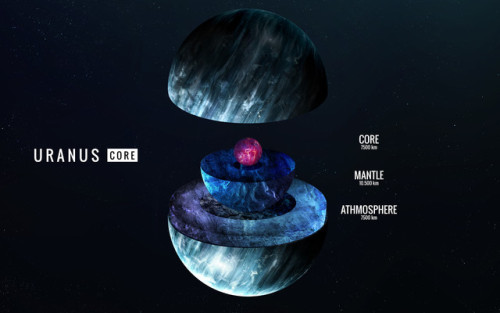
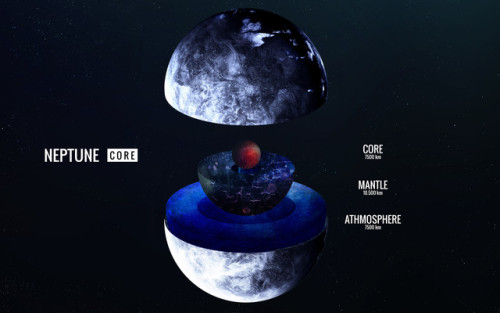
Inside - Vadim Sadovski

august 6, 2017
spread for next week ! I don’t really like this flatlay but whatever lol?? i ran out of things to use so I used some paint swatch things LMAO why am I like this??? also can we talk about how beautiful paperkumaco stickers are bc,,, im obsessed?? also I cannot believe I’m turning 16 tmrw i want to cry ;-;
♫ blood sweat & tears by bts (and lowkey all their other songs)
It’s Friday...Come Space Out with Us
It’s Friday…which seems like a great excuse to take a look at some awesome images from space.
First, let’s start with our home planet: Earth.

This view of the entire sunlit side of Earth was taken from one million miles away…yes, one MILLION! Our EPIC camera on the Deep Space Climate Observatory captured this image in July 2015 and the picture was generated by combining three separate images to create a photographic-quality image.
Next, let’s venture out 4,000 light-years from Earth.

This image, taken by the Hubble Space Telescope, is not only stunning…but shows the colorful “last hurrah” of a star like our sun. This star is ending its life by casting off its outer layers of gas, which formed a cocoon around the star’s remaining core. Our sun will eventually burn out and shroud itself with stellar debris…but not for another 5 billion years.
The material expelled by the star glows with different colors depending on its composition, its density and how close it is to the hot central star. Blue samples helium; blue-green oxygen, and red nitrogen and hydrogen.
Want to see some rocks on Mars?

Here’s an image of the layered geologic past of Mars revealed in stunning detail. This color image was returned by our Curiosity Mars rover, which is currently “roving” around the Red Planet, exploring the “Murray Buttes” region.
In this region, Curiosity is investigating how and when the habitable ancient conditions known from the mission’s earlier findings evolved into conditions drier and less favorable for life.
Did you know there are people currently living and working in space?

Right now, three people from three different countries are living and working 250 miles above Earth on the International Space Station. While there, they are performing important experiments that will help us back here on Earth, and with future exploration to deep space.
This image, taken by NASA astronaut Kate Rubins shows the stunning moonrise over Earth from the perspective of the space station.
Lastly, let’s venture over to someplace REALLY hot…our sun.

The sun is the center of our solar system, and makes up 99.8% of the mass of the entire solar system…so it’s pretty huge. Since the sun is a star, it does not have a solid surface, but is a ball of gas held together by its own gravity. The temperature at the sun’s core is about 27 million degrees Fahrenheit (15 million degrees Celsius)…so HOT!
This awesome visualization appears to show the sun spinning, as if stuck on a pinwheel. It is actually the spacecraft, SDO, that did the spinning though. Engineers instructed our Solar Dynamics Observatory (SDO) to roll 360 degrees on one axis, during this seven-hour maneuver, the spacecraft took an image every 12 seconds.
This maneuver happens twice a year to help SDO’s imager instrument to take precise measurements of the solar limb (the outer edge of the sun as seen by SDO).
Thanks for spacing out with us…you may now resume your Friday.
Make sure to follow us on Tumblr for your regular dose of space: http://nasa.tumblr.com
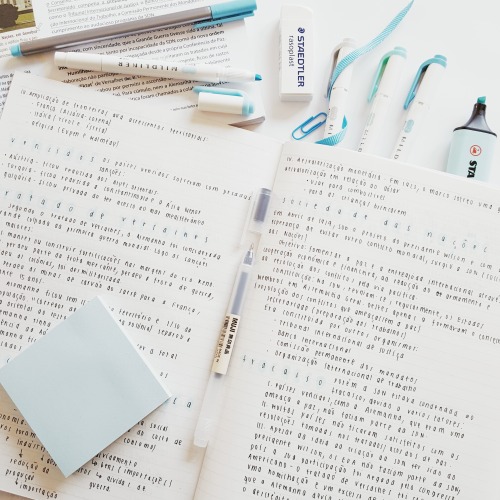
PHOTO FROM MY INSTAGRAM: @rotina_de_estudo 👌 go check it out Blue and white is my aesthetic! 💕 I love studying history, i could study history 24/7 (*i’m not jk*)


09.04.17 editing my manuscript that I hope to get published at some point; it’s a review of novel therapies for myocardial ischemia-reperfusion injury.




some photos from my studygram!!!!
my routine has basically been a mix of reading, writing, studying, and repeating. hopefully I’ll get the chance to do my bullet journal september spread today tho!!
Do telescopes actually take colorful photographs or are the pretty colorful photographs of galaxies that we know colored afterwards? If a human was floating through space, would space look colorful to them?
So some pictures are taken in different wavelengths to see different characteristics. (infrared wavelengths to see through thick gas and dust, xray wavelengths to see highly energized regions)
But, in the visible wavelengths you are seeing the colors. They’re just enhanced brighter than they might be.
For example, I took this picture of “the California Nebula” using a camera (Canon 60Da) attached to a telescope. This shows one exposure, and the background is red due to effects of the camera (which you subtract):

You take multiple exposures, combine them, subtract the background effects & adjust the color a little and get this…





// 03022017 //
> This week’s theme - GREEN!
Keep reading
![Day 3 [3.2.17]: Favourite Study Methods](https://64.media.tumblr.com/f843840f8e06d3c08d6028b5eae09413/tumblr_okqk18ut621vm9nexo1_500.jpg)
Day 3 [3.2.17]: Favourite study methods
I like to make electronic notes, then I rewrite them out (my chemistry notes are in the shot) and also make flip cards with my daiso word cards! I enjoy using mildliners/any highlighters to make it look pretty, but notes are mainly for memorising. (Practicality > aesthetic)

Stationery addict 🤷🏻♀️ all stocked up and ready to start specialising in graphics next week ✏️
-
 byronxc reblogged this · 8 months ago
byronxc reblogged this · 8 months ago -
 shadowalley liked this · 9 months ago
shadowalley liked this · 9 months ago -
 penandpaper-love liked this · 9 months ago
penandpaper-love liked this · 9 months ago -
 praaiises reblogged this · 9 months ago
praaiises reblogged this · 9 months ago -
 obiterthings reblogged this · 9 months ago
obiterthings reblogged this · 9 months ago -
 obiterthings liked this · 9 months ago
obiterthings liked this · 9 months ago -
 silvercadences reblogged this · 9 months ago
silvercadences reblogged this · 9 months ago -
 outsassing-nero reblogged this · 9 months ago
outsassing-nero reblogged this · 9 months ago -
 thecomplaintsofachild liked this · 9 months ago
thecomplaintsofachild liked this · 9 months ago -
 notetoself-live reblogged this · 9 months ago
notetoself-live reblogged this · 9 months ago -
 klarhys-j-springthorn liked this · 9 months ago
klarhys-j-springthorn liked this · 9 months ago -
 lesbionion liked this · 9 months ago
lesbionion liked this · 9 months ago -
 artisticdamsel liked this · 9 months ago
artisticdamsel liked this · 9 months ago -
 deliriousdisquisitions liked this · 9 months ago
deliriousdisquisitions liked this · 9 months ago -
 procrastinstudy reblogged this · 9 months ago
procrastinstudy reblogged this · 9 months ago -
 amandadiamond liked this · 3 years ago
amandadiamond liked this · 3 years ago -
 jojostudys reblogged this · 4 years ago
jojostudys reblogged this · 4 years ago -
 studywitea reblogged this · 5 years ago
studywitea reblogged this · 5 years ago -
 lazycharacter liked this · 5 years ago
lazycharacter liked this · 5 years ago -
 willyoupleasebequietworld liked this · 5 years ago
willyoupleasebequietworld liked this · 5 years ago -
 fatimaths17 liked this · 5 years ago
fatimaths17 liked this · 5 years ago -
 dzieki reblogged this · 5 years ago
dzieki reblogged this · 5 years ago -
 iamjustanotherlostkid-blog liked this · 5 years ago
iamjustanotherlostkid-blog liked this · 5 years ago -
 elemmirekirk5031 reblogged this · 6 years ago
elemmirekirk5031 reblogged this · 6 years ago -
 elemmirekirk5031 liked this · 6 years ago
elemmirekirk5031 liked this · 6 years ago -
 virtuallyseren liked this · 6 years ago
virtuallyseren liked this · 6 years ago -
 xlucik liked this · 6 years ago
xlucik liked this · 6 years ago -
 oofieboy69 liked this · 6 years ago
oofieboy69 liked this · 6 years ago -
 depressed-studying reblogged this · 6 years ago
depressed-studying reblogged this · 6 years ago -
 lineblr-pagtuon reblogged this · 6 years ago
lineblr-pagtuon reblogged this · 6 years ago -
 dierlirious reblogged this · 6 years ago
dierlirious reblogged this · 6 years ago -
 babe-studies liked this · 6 years ago
babe-studies liked this · 6 years ago -
 5am-studies reblogged this · 6 years ago
5am-studies reblogged this · 6 years ago -
 5am-studies liked this · 6 years ago
5am-studies liked this · 6 years ago -
 llemii reblogged this · 6 years ago
llemii reblogged this · 6 years ago -
 onceuponanarwhal liked this · 6 years ago
onceuponanarwhal liked this · 6 years ago